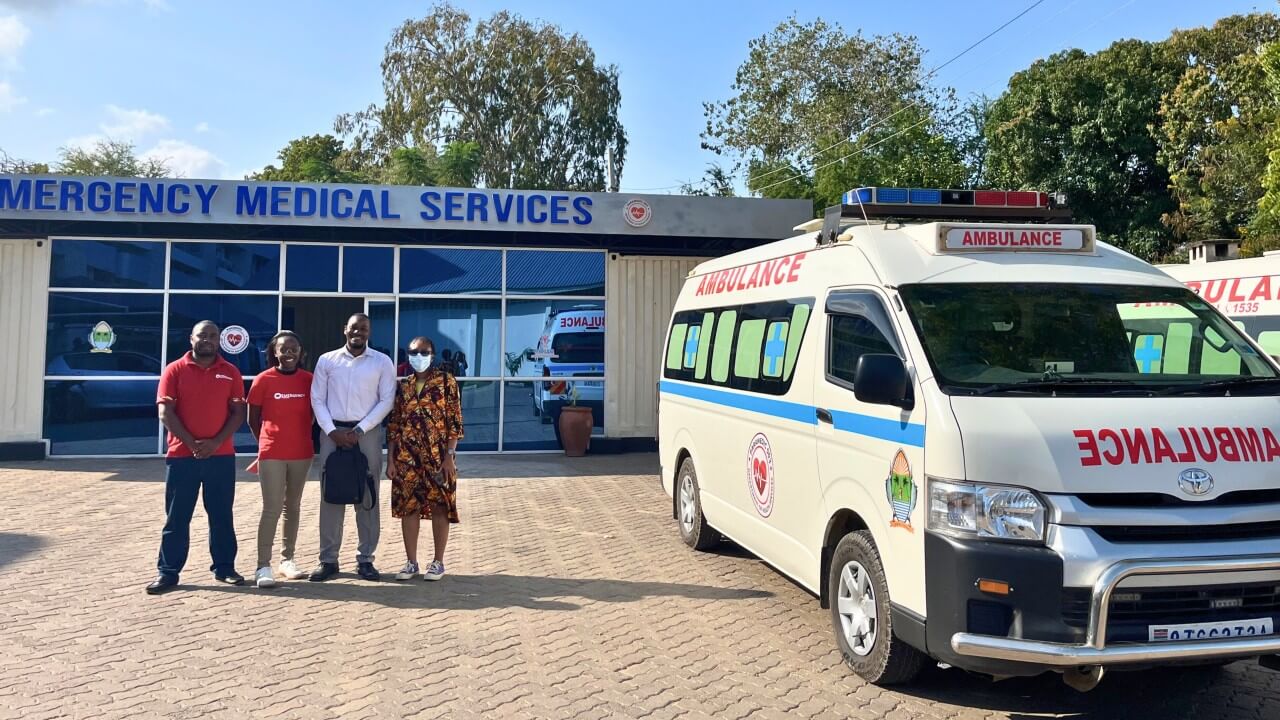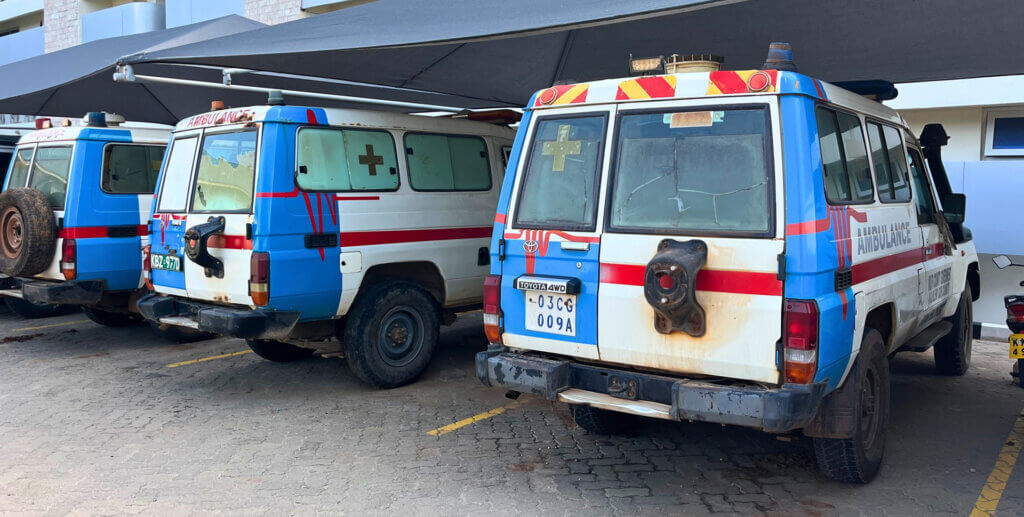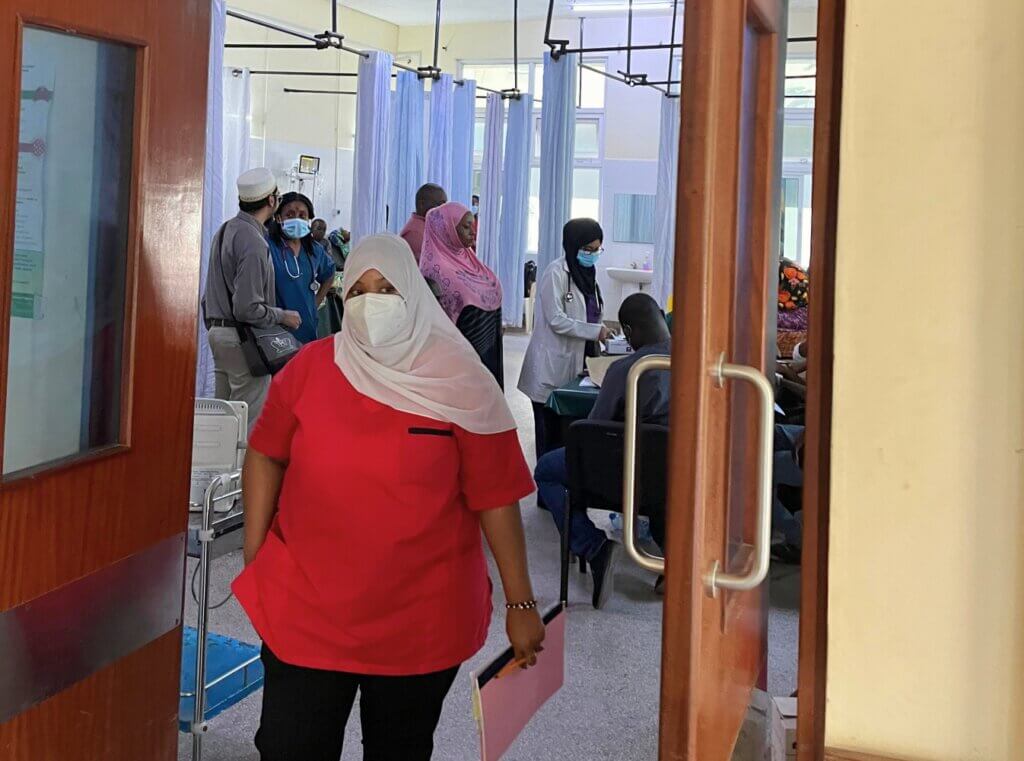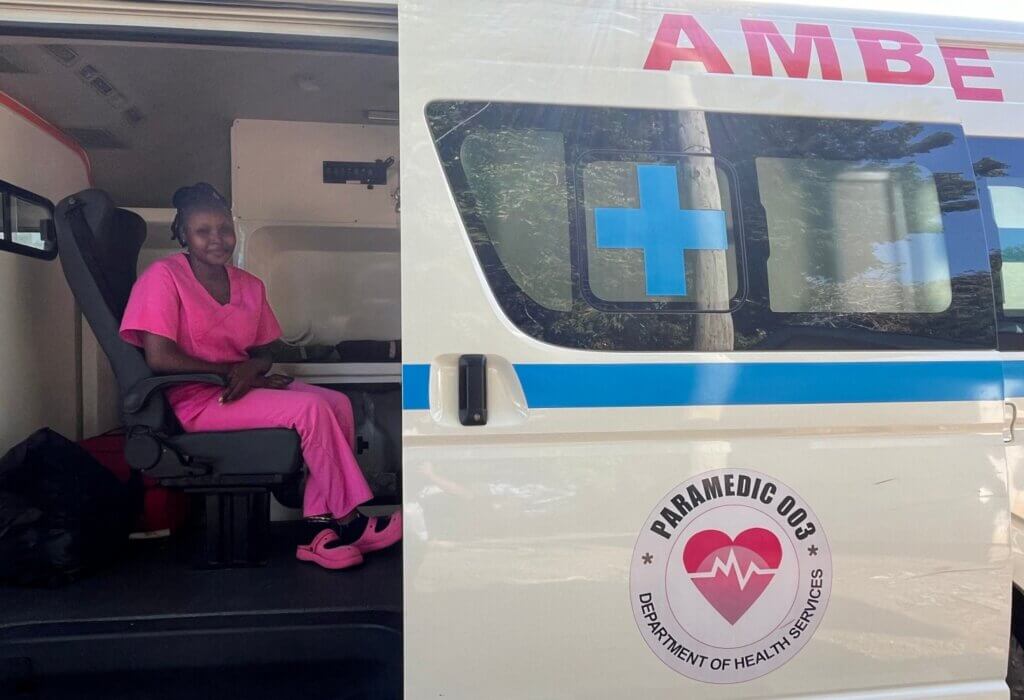Kenya’s quiet revolution in emergency medicine

Dr. Benjamin W. Wachira is Kenya’s first formally trained emergency physician and the founder of the Emergency Medicine Kenya Foundation (EMKF). When EMKF was established in 2015, Kenya had no structured emergency healthcare system. Today, with national policies in place and emergency services expanding county by county, the foundation’s work is saving lives.
A doctor’s mission to build a system that saves lives
For many years, emergency medical care in Kenya faced significant gaps, with limited coordination and infrastructure. Hospitals functioned without dedicated emergency departments, ambulances lacked coordination, and critical patients were left without access to timely, life-saving treatment. Deaths that could have been prevented became routine.
For Dr. Wachira, the drive to improve emergency care in Kenya is deeply personal. He has been instrumental in improving Kenya’s emergency care system through strengthening policy, training, and infrastructure. In this interview, he shares insights on what it takes to bring policies to life, expand emergency care across counties, and build a system that ensures every Kenyan receives help when they need it most.

When I became a doctor, emergency medicine didn’t exist here,” he recalls. “People were dying in front of me, and I had no training or tools to help them.
Dr. Wachira’s frustration led him to specialise in emergency medicine, and when he returned to Kenya as the country’s first formally trained emergency physician, he faced a choice. “I could work in a hospital and treat one patient at a time, or I could help build a system that serves everyone. The latter seemed like a more meaningful challenge.”
From personal experience to national reform
That challenge has now evolved into a nationwide movement, strengthening Kenya’s emergency healthcare system through policy, infrastructure, and training. EMKF is focused on long-term, systems-level change—ensuring emergency care is not only available but also sustainable and responsive to the needs of every Kenyan.
Over the past decade, EMKF has helped transform that reality—working alongside the Government of Kenya to build a national emergency healthcare system from the ground up. Today, 140 public emergency departments are better resourced, 5,000 healthcare providers have been trained, and national policies now mandate emergency medical care as a core part of Kenya’s healthcare system.

But challenges remain. With healthcare devolved to 47 county governments, scaling emergency services requires balancing national policies with local needs. Some counties are moving quickly, while others lag behind. Technology adoption in healthcare has also been slow, despite Kenya’s leadership in fintech innovation.
Why Kenya’s healthcare system is evolving county by county
EMKF’s latest initiative, Project 47, is designed to scale emergency care services across all 47 counties in Kenya. The project is built around the realities of Kenya’s devolved healthcare system, which assigns responsibility for healthcare delivery to county governments while the national government sets policy. “The national government develops the frameworks,” Dr. Wachira explains. “The counties implement them.” This decentralised structure means that emergency healthcare must be tailored to local needs.
One county may have high rates of trauma cases, while another struggles with snake bites. Emergency care isn’t a one-size-fits-all model,” he says. “We’re building customised emergency healthcare systems that fit the needs of each community.

However, working across 47 different governments presents challenges. “We can only move as fast as the government moves,” Dr. Wachira says. “Some counties adopt changes quickly, while others are slower. Learning how to work with multiple governments and their different priorities has been one of our biggest lessons.” Yet, he sees these challenges as opportunities: “The goal is not just to introduce emergency care systems but to ensure they are sustainable and owned by the communities they serve.”
The role of technology in transforming emergency medical care
One of the biggest areas for growth in Kenya’s emergency medical care system is technology adoption. “Healthcare is usually the last sector to embrace technology,” Dr. Wachira says.
Our fintech systems are world-class, but our healthcare system lags behind.
EMKF is working to close this gap by integrating technology-driven solutions into emergency response systems. “For example, we developed a casualty app that enables people to request ambulance services and access emergency care information,” he explains. The organisation is also rolling out a digital platform for county ambulance services to improve coordination and response times.
There’s huge potential for innovation here. Technology can increase efficiency and expand access, and we’re already seeing how it can strengthen the entire emergency healthcare ecosystem.
Why strong policies are not enough without effective implementation
While Kenya now has strong emergency healthcare policies and legislation, Dr. Wachira is keenly aware that translating these into practice is the next major hurdle. “Policy and practice are two separate processes,” he says. “Just because a policy exists doesn’t mean it’s being implemented.”
EMKF is focused on bridging this gap by working directly with government agencies to ensure policies are applied as intended. “We’ve put in place the legal and policy framework,” he says. “Now, we need to ensure that emergency care is integrated into the day-to-day operations of our healthcare system.”
How data is shaping the future of emergency healthcare in Kenya
A core element of EMKF’s approach is evidence-based decision-making. “Before we started implementing changes, we conducted a national assessment of public emergency departments,” Dr. Wachira explains. “That research helped us identify the biggest gaps and design solutions that actually work.”
One example is Kenya’s Emergency, Chronic, and Critical Illness Fund, which provides financial support for emergency care. “The government’s decision to create the fund was informed by our research on financing models for emergency services,” he says. EMKF also used GIS mapping to determine where emergency departments should be located to maximise coverage.
With this data, we demonstrated that 98% of the population could access emergency care within two hours, and 80% within one hour, if resources were allocated strategically.
By grounding its work in rigorous research, EMKF ensures that emergency care reforms are cost-effective, practical, and scalable. “We don’t just say, ‘We need more emergency centres.’ Instead, we present data that shows where they should be and how they can be funded within existing resources,” Dr. Wachira says. “That makes it easier for the government to take action.”

Through Project 47, EMKF aims to reduce emergency-related deaths by 50% by 2030, bringing Kenya closer to a strongly functioning emergency healthcare system. “We’ve made huge progress,” Dr. Wachira says. “Now, it’s about making sure what we’ve built reaches everyone who needs it.” Learn more about EMKF’s work by visiting their website.